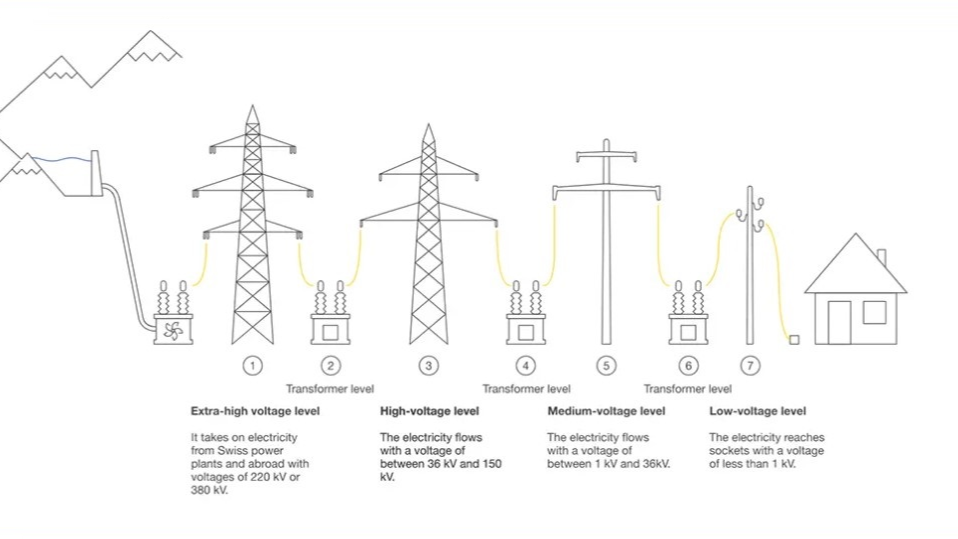
Requirements for Medium/Low-Voltage Communication Access
Smart grid medium- and low-voltage communication access requirements: high-speed, reliable, bidirectional, secure, scalable networks with bandwidth and management considerations.

Smart grid medium- and low-voltage communication access requirements: high-speed, reliable, bidirectional, secure, scalable networks with bandwidth and management considerations.
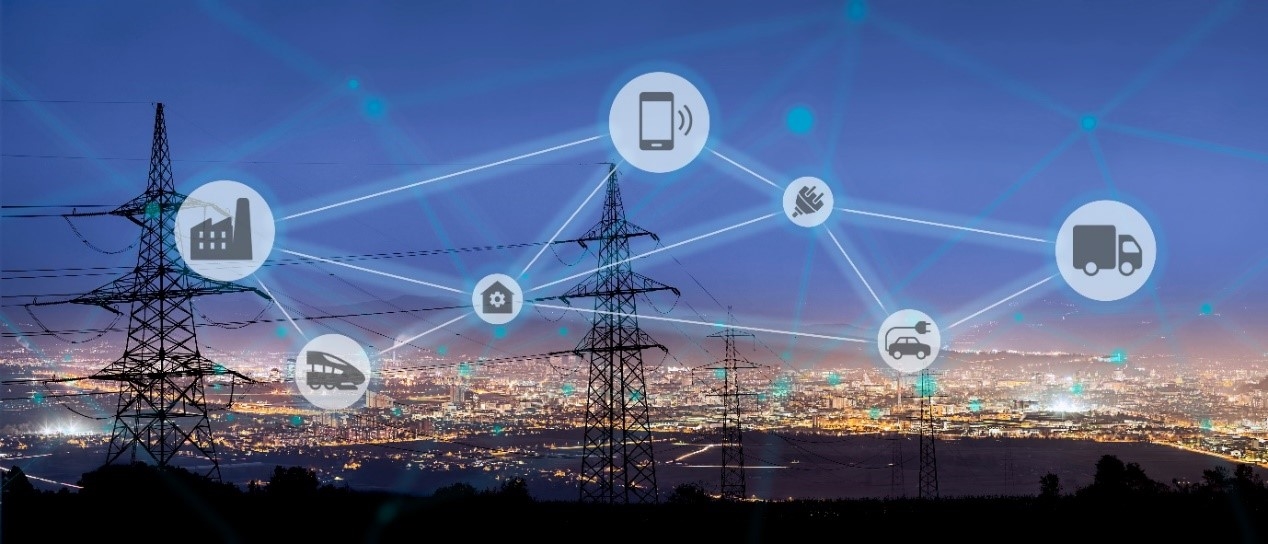
Smart grid overview: integration of renewable energy, smart metering, self-balancing control and ICT monitoring to enhance energy efficiency and reliability.
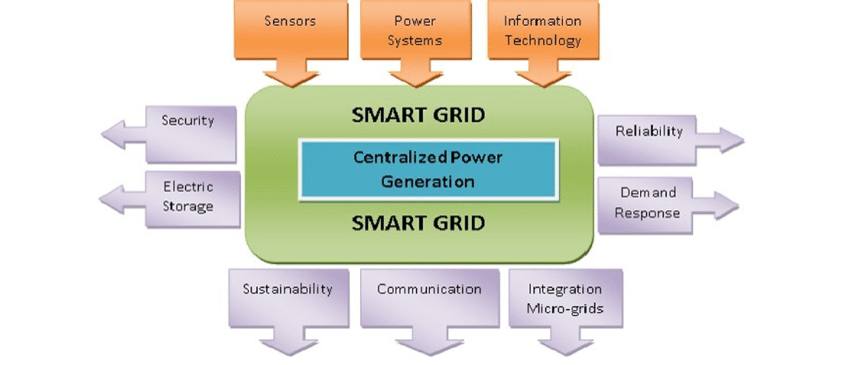
Smart grid overview of architecture, components and functions, highlighting energy efficiency, reliability, adaptive control, IoT/5G communications and renewable integration.
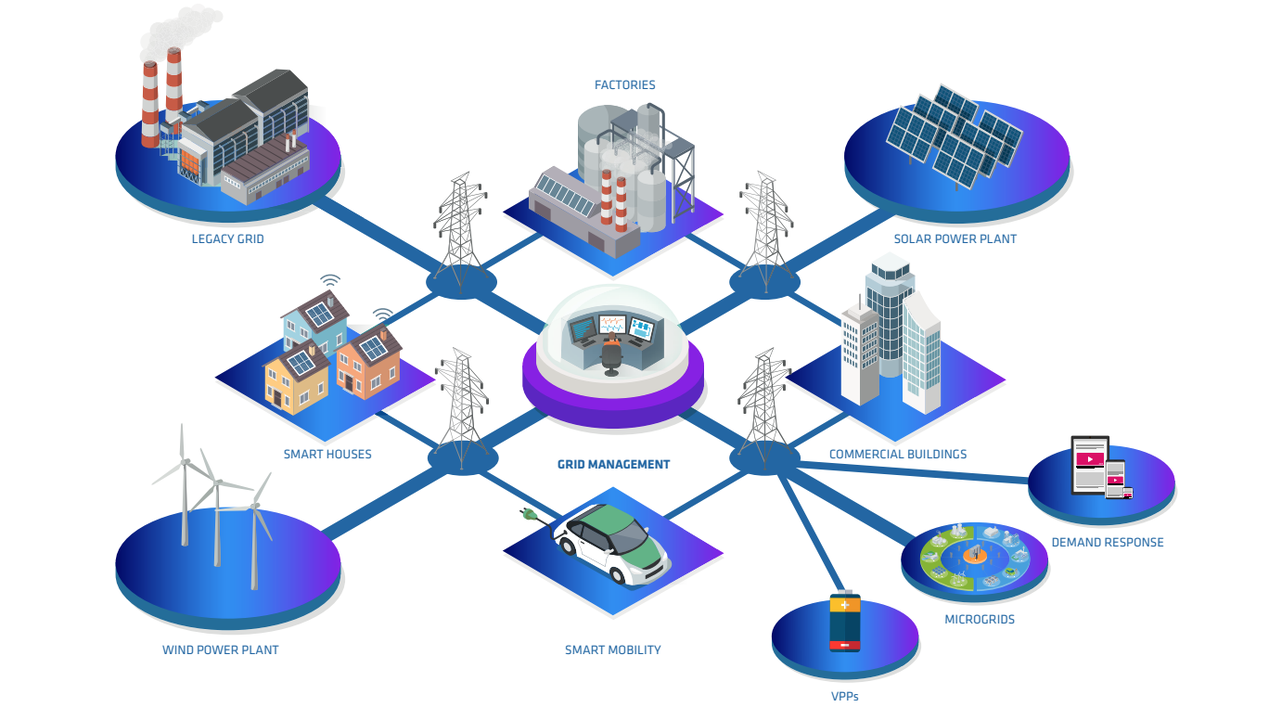
Technical overview of smart grid distribution systems, covering IoT-enabled real-time monitoring, data analytics, automation, fault diagnosis and network optimization.
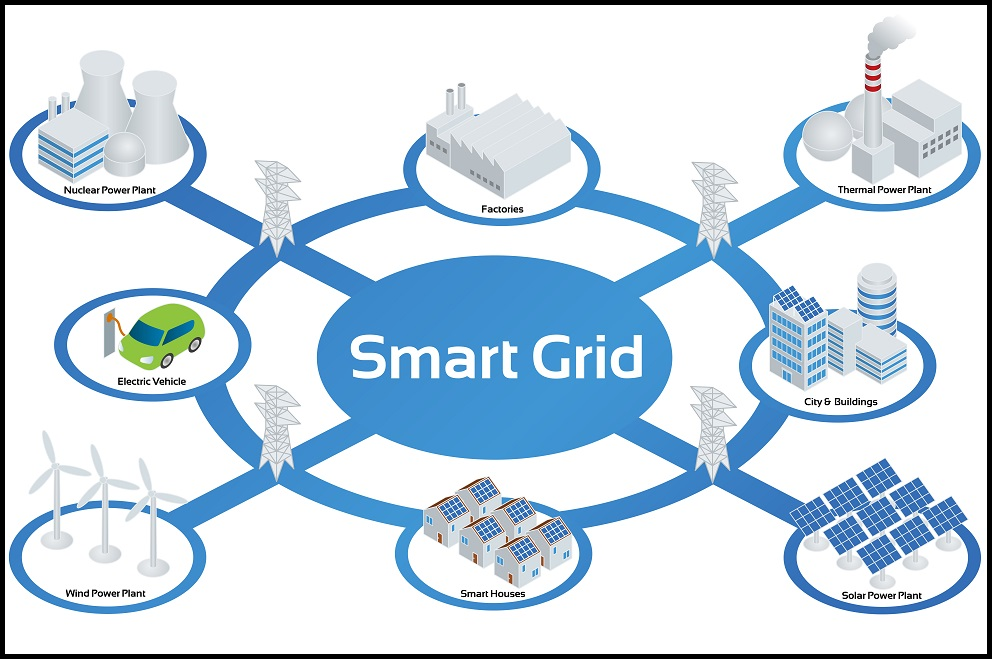
Overview of smart grid power systems: architecture, intelligent sensing, communication networks, control centers, and integration of distributed generation for efficient grid ops.
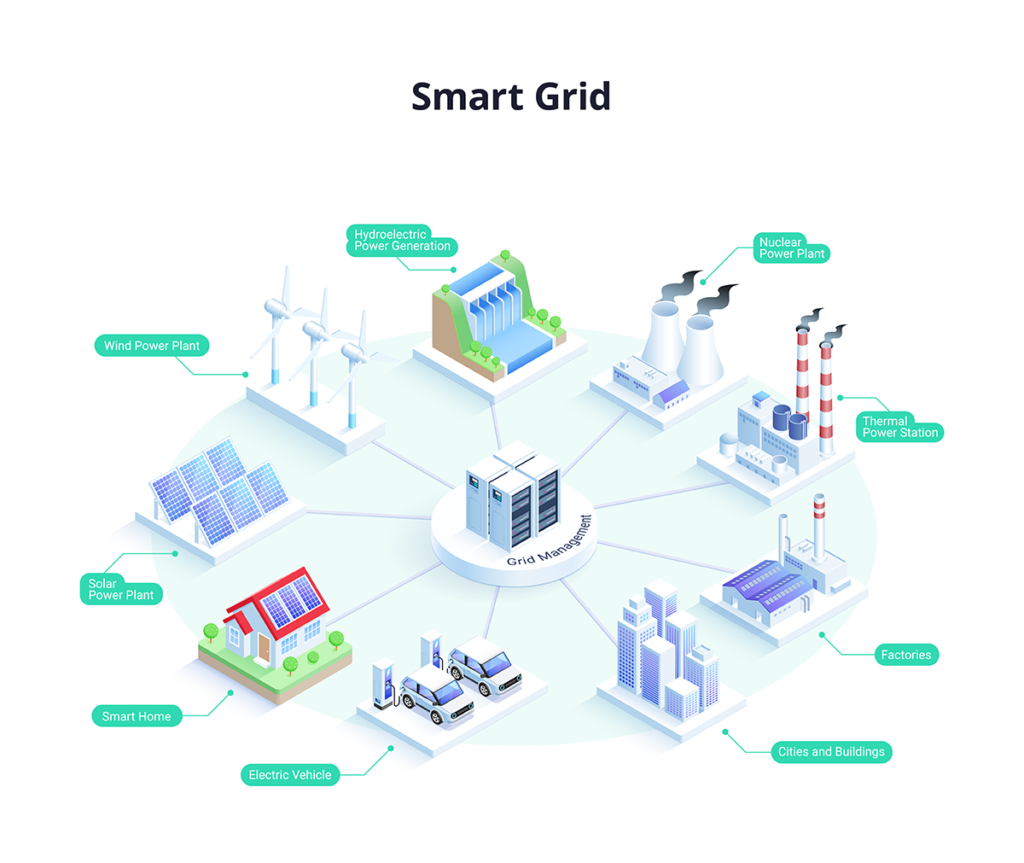
Technical guidance on smart grid wiring: communication, reliability, EMI mitigation, modular cabling, sensor integration, and safety practices for stable, resilient grid operation.

Smart grid overview: technologies and operation for energy management, two?way communication, smart meters, distributed generation, storage and grid resilience.
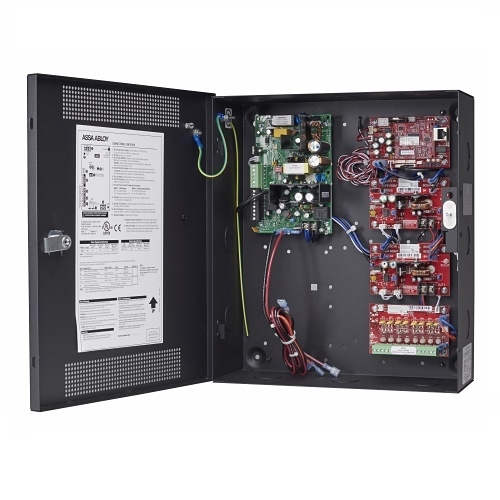
Defines smart grid and intelligent power system, explaining architecture, operation, renewable integration, sensors, AI-based monitoring and key differences between them.
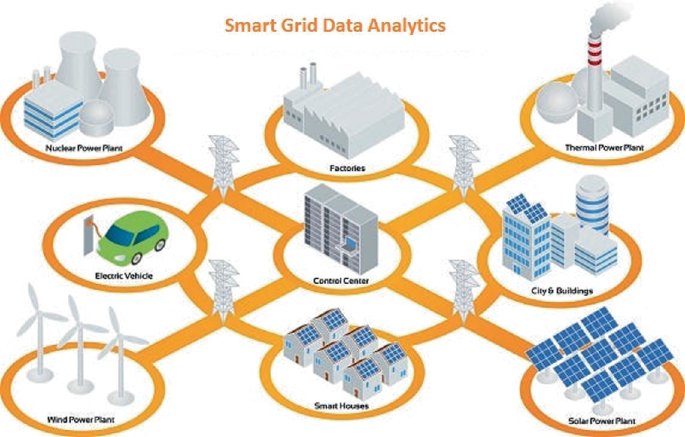
Smart grid overview of core technologies and management, including intelligent sensing, AI coordination and renewable energy integration for secure, efficient power.
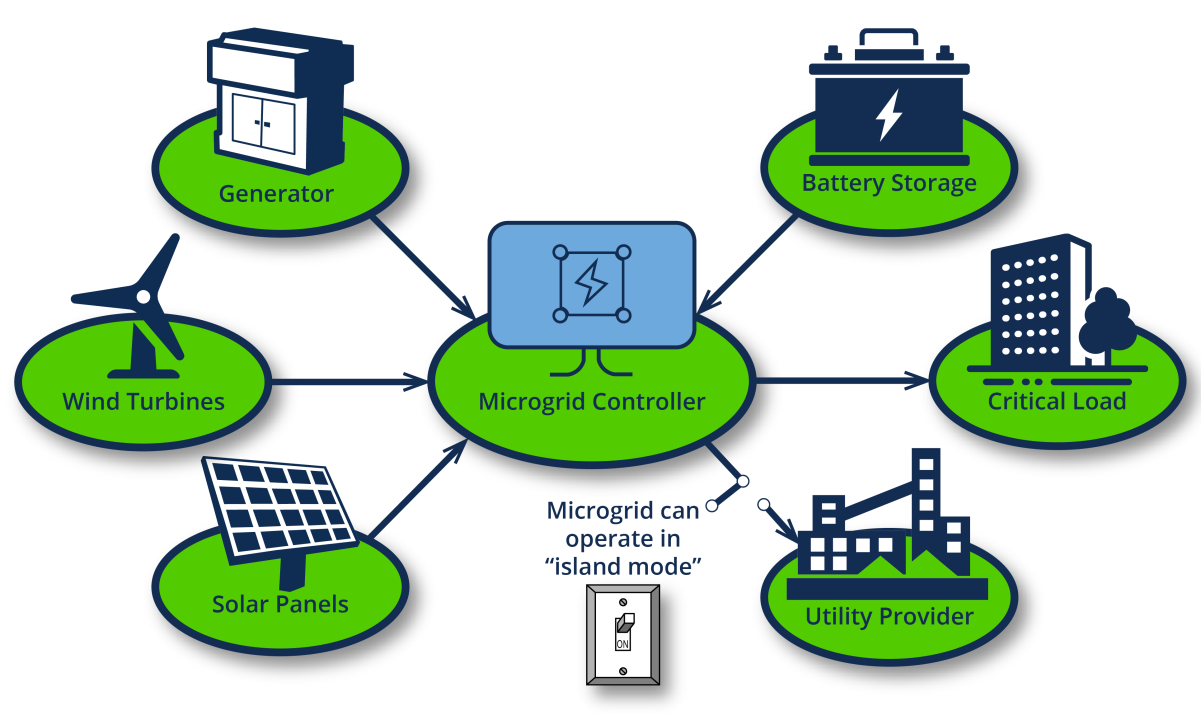
Smart microgrid control overview: EMS-driven power and load management, smart equipment and communications to maintain voltage/frequency stability and islanded operation.
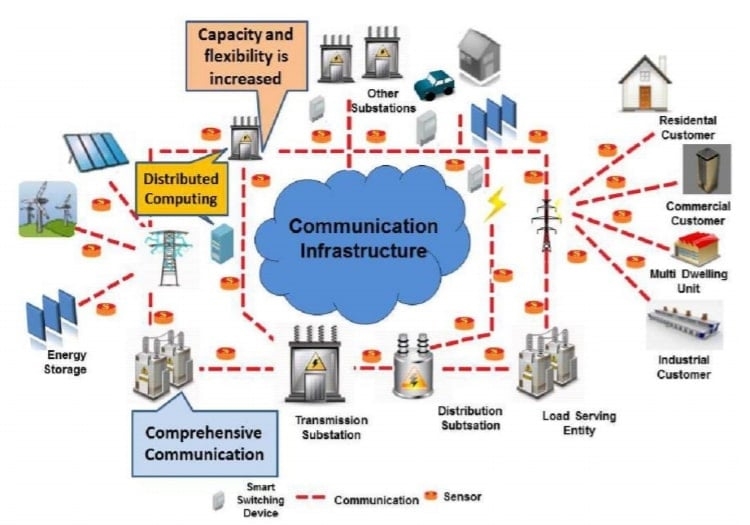
Technical overview of smart grid architecture and devices, covering intelligent substations, smart meters, smart terminals, energy storage systems, and smart EV charging.
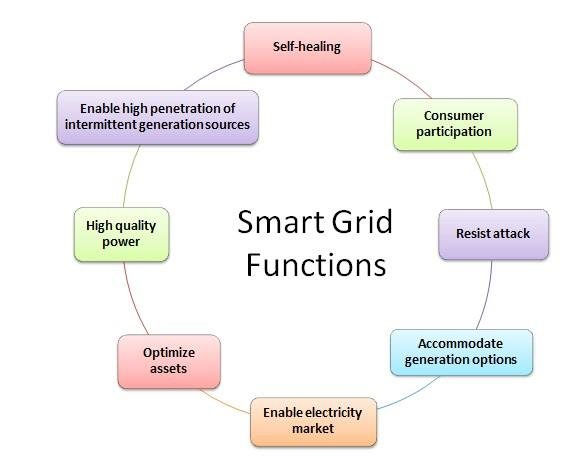
Technical overview of smart grid functions—reliability, energy management, power quality, security, renewables, and key differences with microgrid in scope and control.

Overview of smart grid architecture and core technologies, focusing on IoT-enabled sensing, transmission/distribution, generation, power electronics and intelligent dispatching.
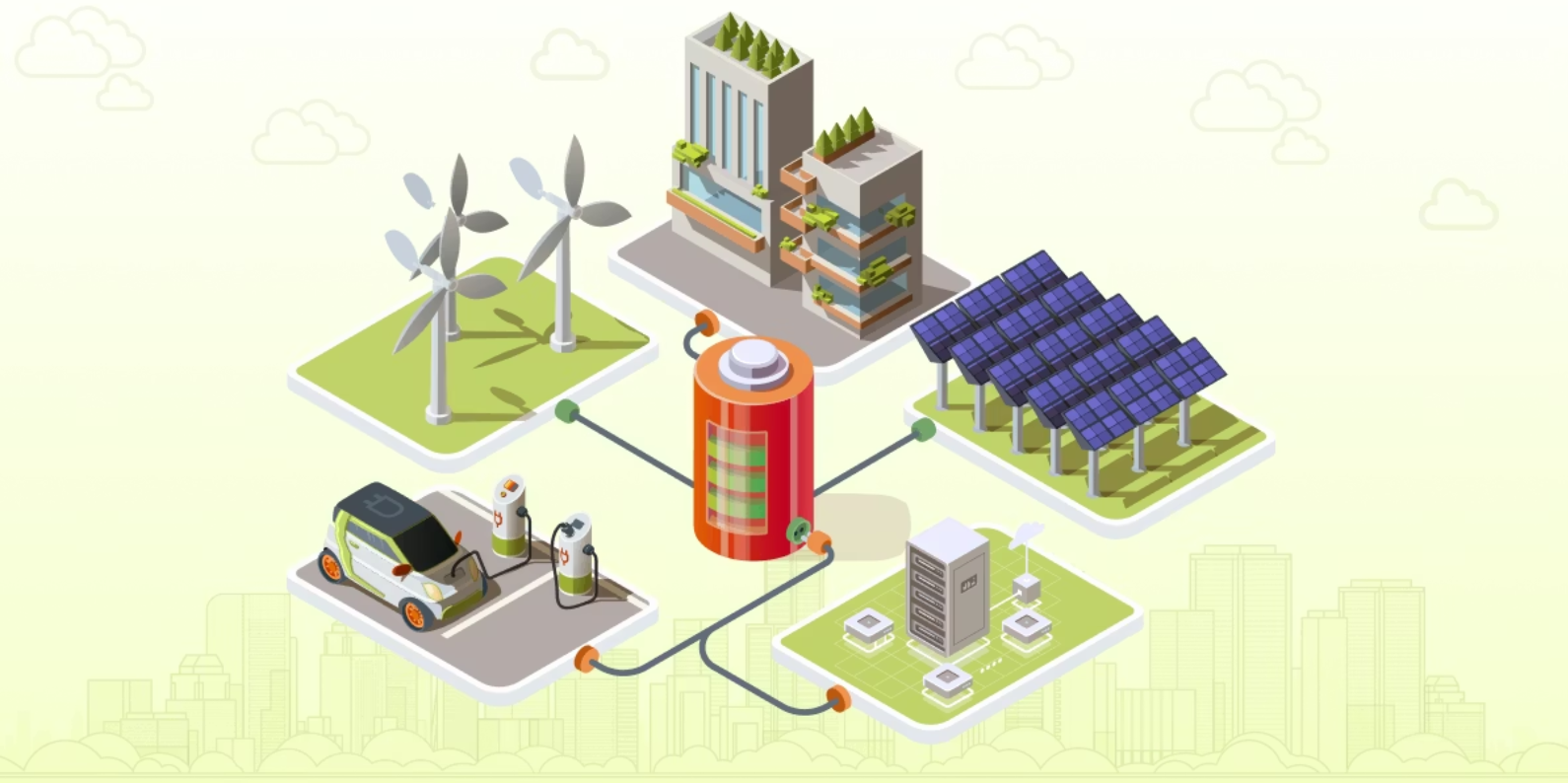
Smart grid power communication: requirements and system functions—high-speed, reliable, secure, interoperable, scalable communications; SIS, EMS, metering.
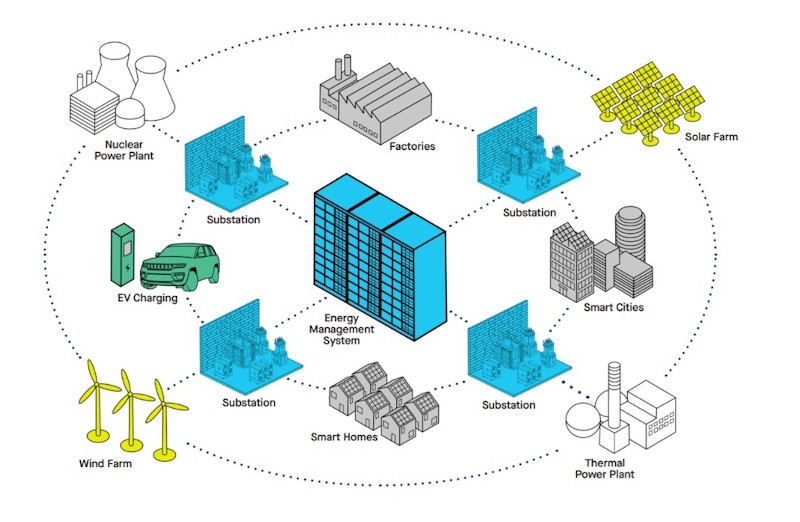
Overview of intelligent distribution systems in the smart grid: IoT, data acquisition, cloud and control architectures for medium- and low-voltage networks.
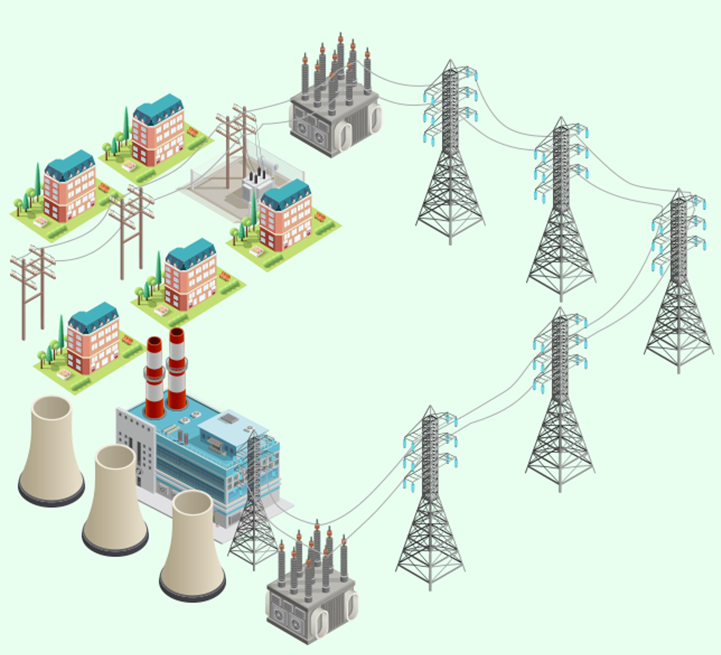
Explains substations' role in the power supply chain: voltage transformation, step-up/step-down functions, loss reduction, substation siting, and ELF field basics.

Diagnosis and remedies for a live neutral in distribution rooms: causes, sequential disconnection, grounding checks and earth resistance fixes.
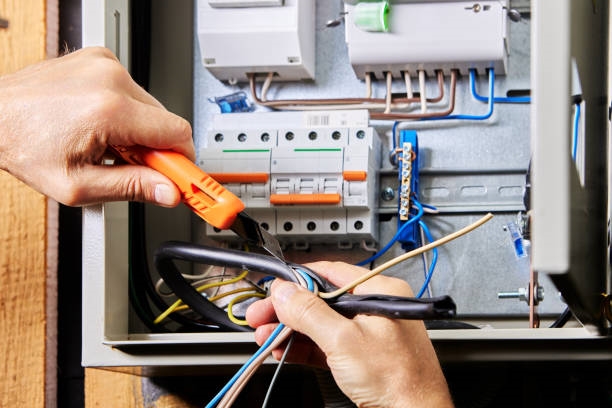
Overview of high-voltage switchgear: enclosure, vacuum circuit breaker, withdrawable truck, five safety interlocks, operation procedures, tests and fault diagnosis.
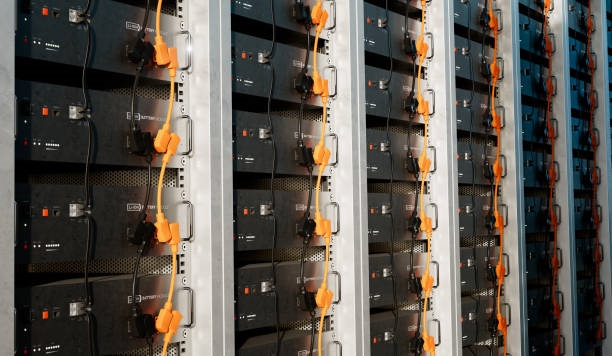
Power distribution for LED screens: calculate screen power, size the distribution cabinet, select three-phase five-wire bus conductors and allocate cabinet loads.

Overview of 10 kV switchgear components and troubleshooting, covering isolating switches, vacuum circuit breakers, protection relays, insulation and mechanical faults.